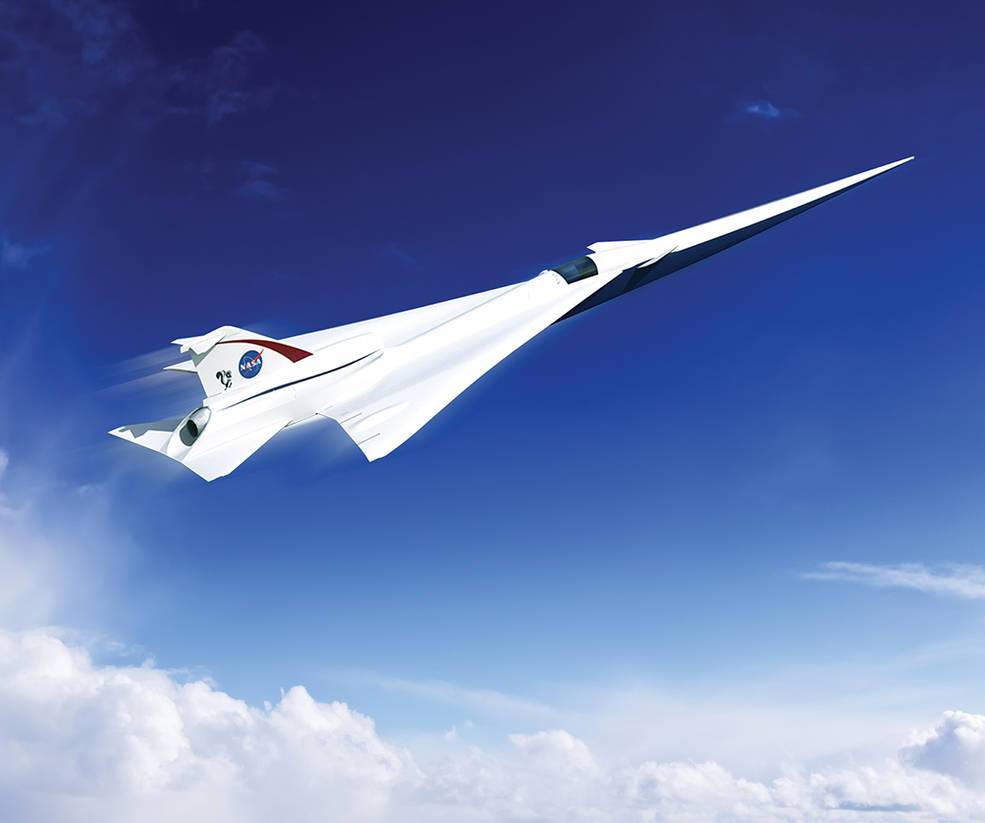NASA Is Working On A Project To Make A Quieter Supersonic Passenger Jet
NASA has forked over $20 million to a team from Lockheed Martin in a preliminary design contract to demonstrate a “low boom” aircraft.
The agency says it conducted feasibility studies in its efforts to better understand what sound levels are acceptable across the country, and then asked industry teams to submit design concepts for a piloted test aircraft. The goal is a jet that flies at supersonic speeds, creating a supersonic “heartbeat,” a soft thump sound instead of the disruptive boom of traditional supersonic flight.
That booming noise is the reason why the now-retired Concorde wasn’t allowed to fly over the United States. Going 1,500 mph, the Concorde could make it across the Atlantic in 3.5 hours.
“NASA is working hard to make flight greener, safer and quieter — all while developing aircraft that travel faster, and building an aviation system that operates more efficiently,” said NASA Administrator Charles Bolden in a statement on Monday.
Of course, faster flying time would likely appeal to many travelers.
“We will be able to achieve the full potential of revolutionary technology and designs that lift aviation to the next level of flying higher, safer and faster,” said Jaiwon Shin, NASA’s associate administrator for aeronautics research.
Want more consumer news? Visit our parent organization, Consumer Reports, for the latest on scams, recalls, and other consumer issues.


